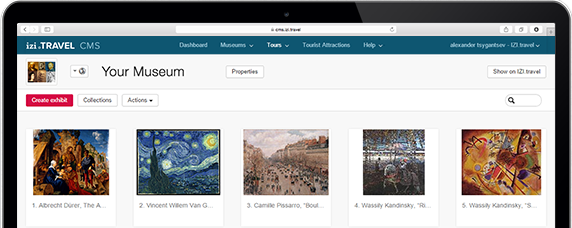Kluuvikatu. Fazer Café
Update Required To play the media you will need to either update your browser to a recent version or update your Flash plugin.
Swiss Karl Fazer opened his café on September 17, 1891. He came from St. Petersburg, where had a training to become a confectioner. Russian chocolate dominated the Finnish market in the 19th century, but in 1896, when customs restrictions on imports of Russian chocolates and sweets were introduced, the business of Karl Fazer had finally skyrocketed. In addition to the French-Russian café and confectionary, he founded a factory in 1894.
In the confectionery Fazer almost all specialists and apprentices were Russians. They brought with them the tricks of the trade and many recipes. So, together with the specialists in the chocolate industry, toffee and its components (cream, sugar, vanilla and syrup) also came from St. Petersburg to Helsinki. Until now, toffee and cakes with toffee are a favorite treat.
If you drop by the Fazer Café, while enjoying pastries and hot coffee, keep in mind that in our time, coffee has become almost a national Finnish drink. According to the International Coffee Organization, an average Finn drinks twice as much coffee a year as an average French or Italian. The biggest domestic Paulig coffee producer in Finland already celebrated its 120th anniversary, and has even created a Coffee research institute. Finns slightly roast green coffee beans, so the resulting beverage becomes strong, but light brown and slightly acidic.
Let’s go back to Aleksanterinkatu and continue walking along it. You will find yourself on the Senate Square
In the confectionery Fazer almost all specialists and apprentices were Russians. They brought with them the tricks of the trade and many recipes. So, together with the specialists in the chocolate industry, toffee and its components (cream, sugar, vanilla and syrup) also came from St. Petersburg to Helsinki. Until now, toffee and cakes with toffee are a favorite treat.
If you drop by the Fazer Café, while enjoying pastries and hot coffee, keep in mind that in our time, coffee has become almost a national Finnish drink. According to the International Coffee Organization, an average Finn drinks twice as much coffee a year as an average French or Italian. The biggest domestic Paulig coffee producer in Finland already celebrated its 120th anniversary, and has even created a Coffee research institute. Finns slightly roast green coffee beans, so the resulting beverage becomes strong, but light brown and slightly acidic.
Let’s go back to Aleksanterinkatu and continue walking along it. You will find yourself on the Senate Square
Download the free izi.TRAVEL app
Create your own audio tours!
Use of the system and the mobile guide app is free


